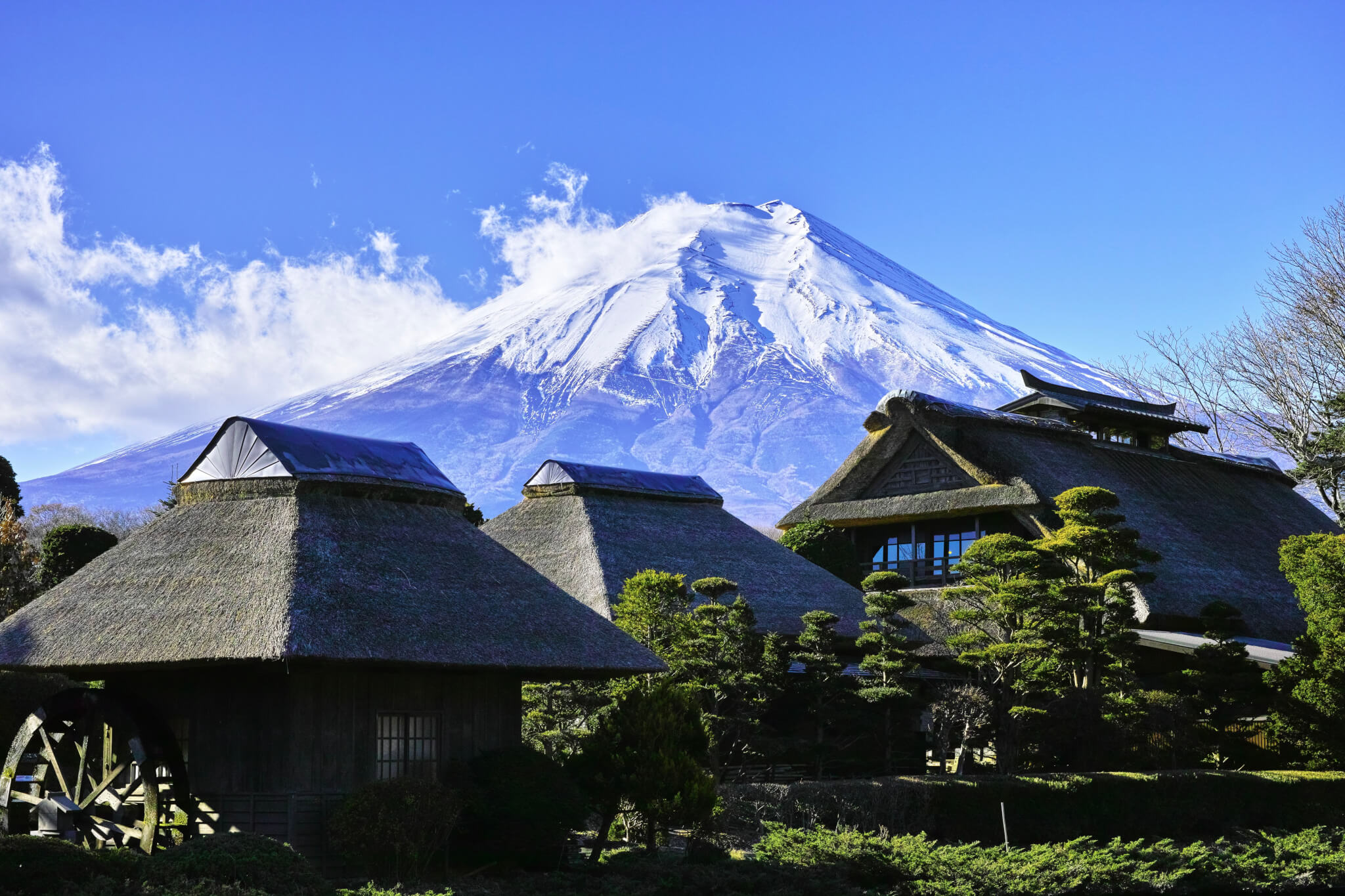Japan – the land of the rising sun, a country made up of 6,800 islands and is 70 per cent mountains, and a place where it’s considered rude if you don’t slurp your soup while eating ramen.
The quirky culture (not to mention the delicious food) is what draws many tourists into visiting the picturesque nation. However for many current residents and future generations of Japan, their unconventional lifestyle and ability to think outside the box might be what one day saves their lives.
Unbelievably, earthquake tremors hit Japan every five minutes, with up to 2000 earthquakes that can be felt by people striking the Asian country every year.
Located in a volcanic zone on the Pacific Ring of Fire – an area of high seismic and volcanic activity from ranging New Zealand all the way to North America – Japan is at constant risk of natural disaster.

When a magnitude 7.0 earthquake struck the city of Kumamoto on April 16, 2016, killing at least 49 people and injuring more than 3,000 others, Japan was sent into turmoil. 44,000 people were forced to evacuate from their homes as many structures either collapsed or caught fire, with thousands of evacuees still living in temporary housing.
But in the midst of a trail of destruction, a small village consisting of 480 houses at the Aso Farm Land resort – built on a comma volcano and only a short distance from Kumamoto – was undamaged by the earthquake.
However these aren’t ordinary houses: the 480 houses in the “village zone” of Aso Farm Land are dome-shaped and made of a next-generation type of polystyrene foam, a similar but far stronger and more compact material that’s used to make food containers.

The houses are built by Japan Dome House, who claim their domes have numerous characteristics that make them superior to conventional houses.
The company states they can be built in a week by three people and only weigh 80 kilograms, the cost of construction is roughly only $75,000, and because of their dome shape and lack of a need for posts and beams, they’re highly resistant to earthquakes.
To top it off the domes are also fireproof, don’t rot or rust, and are highly customisable meaning you can keep the original shape but cater it to your personal taste. However they mightn’t be the best idea if you’re prone to claustrophobia: the domes only have a floor space of 36-sqm and a ceiling height of 3 metres.
But in a country that’s been hit by one or two earthquakes in the time it’s taken you to read this article, living in a dome but guaranteeing your safety is surely only a small price to pay.
RELATED ARTICLES
How Technology is Changing the Real Estate Industry as We Know It
Eased Capital Controls Set to Provide Boost for Chinese Buyers

